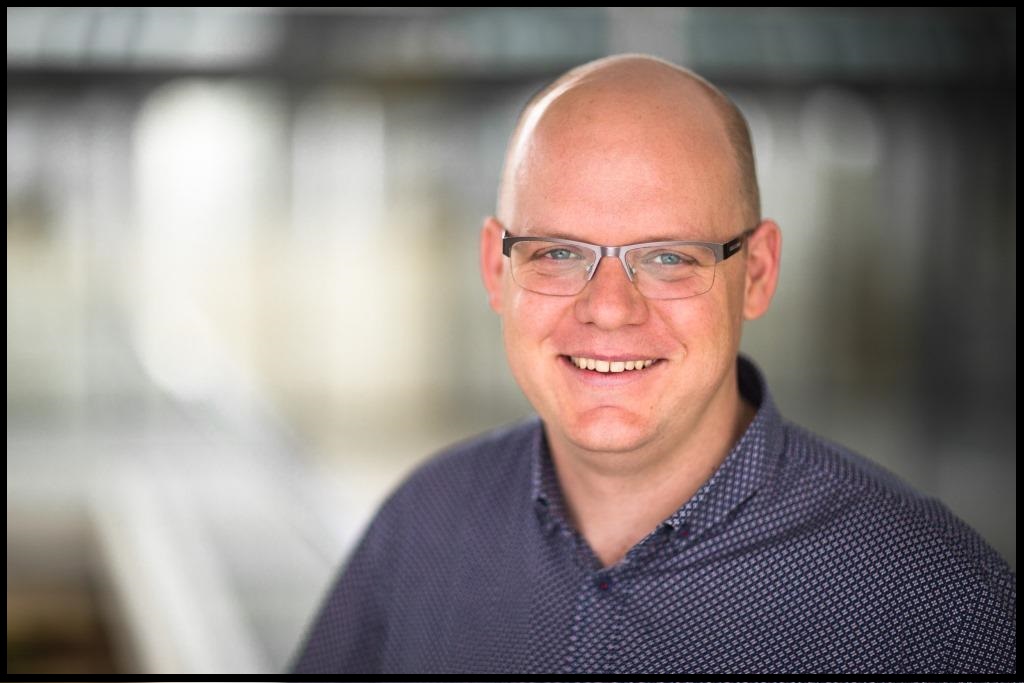Microfinance is often heralded as a panacea for poverty in developing countries, but in order to design more effective and more equitable products, it is essential to understand what demand they are actually satisfying. This column reports evidence that the distinction between microlending and microsaving is largely illusory: a natural experiment with poor households in rural Pakistan shows that participants value a mechanism for regular deposits and lump-sum accumulation, whether it is structured as a credit or debt contract. Policymakers should support local savings institutions – such as rotating savings and credit associations – that have evolved to meet local financial needs.
Recent empirical research on microlending shows that the standard microcredit model – with high interest rates and immediate repayment – seems unable to generate enterprise growth. Moreover, microcredit programmes can have serious shortcomings, in particular the likelihood of charging high interest rates, a requirement for immediate repayments, and the risk of creating a debt spiral for customers.
This is a stark contrast with empirical research on microsaving – which suggests that savings products can be valuable for generating income and reducing poverty. Indeed, a growing body of work suggests that part of the attraction of microcredit may be as a mechanism to save — whether to meet short-term liquidity needs, as a commitment device against self-control problems, or to resist social or familial pressure.
This raises an important possibility: it may be that for the poor, saving and borrowing are essentially the same behaviour – making regular small deposits, directed to the same goal; the receipt of a lump-sum payment to finance a ‘lumpy purchase’. If this were the case, then microsaving products are a more suitable and attractive option for the poor than microlending ones.
Our research addresses the question of the substitutability of credit and saving. We test this hypothesis in a series of field experiments in Pakistan. We design a simple repayment structure loosely modelled on the idea of a ROSCA (rotating savings and credit association) and offer it as an individual microfinance product.
We offer the product three times to each participant, randomly varying the time of repayment and the repayment amount, such that the product can take the form of a microcredit or microsaving product offering a positive, null or negative interest rate.
In our first study, participants make daily deposits and receive a weekly lump-sum disbursement. We find that the same pool of respondents demands both microcredit and microsaving products.
Indeed, of the participants offered both a credit and a savings contract over the course of the three experimental waves, 53% accept both forms of contract. Take-up is higher, and sensitivity to the contract terms lower, among individuals who face many financial requests from family members or who say that they would save or invest a hypothetical loan, and among households that receive an irregular income flow.
We test whether behaviour within our experiment conforms to traditional models predicting that individuals should either demand to save or demand to borrow but not both; or to our model that considers credit and saving as substitutes. We find that of the participants whose behaviour we can rationalise through this methodology, two-thirds behave as if they have high demand for lump-sum accumulation coupled with savings difficulties.
We confirm these results in follow-up studies, where the product duration, size and frequency of deposits and lump-sum withdrawals are comparable to that of standard microcredit products: namely, each product cycle lasts eight weeks; and participants make weekly deposits.
We find that take-up of this product is generally lower than that of the weekly product. Still, among those participants offered both a credit and a savings contract, 46% of participants who take up at least one offer accept both types of contracts.
These results imply that the distinction between microlending and microsaving is largely illusory; participants value a mechanism for regular deposits and lump-sum accumulation, whether it is structured as a credit or debt contract.
This contradicts the widespread view of saving and borrowing as diametrically different behaviours: the former, a means to defer consumption; the latter, a means to expedite it. We find that this distinction collapses under two important conditions that are common in developing countries:
- First, many in poor communities may struggle to hold savings over time – whether because of external sharing norms or internal lack of self-control.
- Second, the poor may value lumpy purchases of goods that cannot be subdivided – such as a sewing machine.
Besides supporting the view of microsaving products as more suitable to meet the needs of the poor than microcredit ones, our results offer other policy recommendations for the design of financial products for the poor:
- First, given that the poor often experience irregular income flows, products with a high frequency of deposits and lump-sum disbursement may be particularly valued by them.
- Second, policymakers should support local savings institutions – such as ROSCAs – that have evolved to meet local financial needs. Indeed, our experimental design is itself inspired by the evolved wisdom of the ROSCA repayment structure.











See this article and the
See this article and the interesting comments it provoked:
Does microfinance work? http://www.makingitmagazine.net/?p=1711